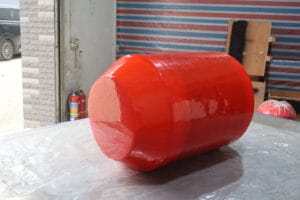
Introduction
Polyurethane foam pigs are versatile tools for pipeline maintenance and cleaning. They consist of flexible, open-cell, or closed-cell polyurethane foam. This construction allows them to adjust to pipeline irregularities and navigate bends and valves effectively.
Firstly, these pigs perform various functions such as cleaning, drying, and wiping within pipelines. They effectively remove debris, liquids, and deposits accumulated inside pipes. Their light weight and flexibility make them suitable for long runs without damaging the pipeline or pig.
Moreover, polyurethane foam pigs come in different densities, from soft to very firm. Operators choose the density based on the operation’s specific needs. Soft foam pigs handle light cleaning and drying, while firmer ones tackle more aggressive cleaning tasks.
Another advantage is their adaptability. Operators can coat or impregnate these pigs with abrasives or chemicals to boost cleaning effectiveness. Some even feature wires or brushes for tougher cleaning challenges.
In conclusion, polyurethane foam pigs are essential for maintaining pipelines. They provide flexibility, effectiveness, and adaptability across oil, gas, and water industries. Their design and material properties allow efficient, economical handling of various pipeline maintenance tasks.
Polyurethane Material Specification
| Polyurethane material specification: | ||
| NO. | Factory inspection main indicators | Cup/DISC |
| 1 | 20℃Hardness(SHORE A) | 85±2 |
| 2 | Tensile strength (MPa) | 51.7 |
| 3 | 100%stress at definite elongation (MPa) | 4.8 |
| 4 | 300%stress at definite elongation (MPa) | 9.2 |
| 5 | Tensile set (%) | 780 |
| 6 | Tear strength (KN/m) | 73 |
| 7 | Impact resilience (%) | 32 |
| 8 | DIN abrasion (mm²) | 35 |
Parameters of Polyurethane Foam Pig
| Name | Model | Performance | Technical Parameters |
| Hygroscopic Foam Pig | LCQZ-RTH | 1. It is formed by one-time foaming of polyether polyurethane material. | Starting pressure: 0.2-0.3 MPa |
| 2. Soft texture, and good elasticity. | Density: 35 kg/m³~150 kg/m³ | ||
| 3. It has strong water absorption performance. And the deformation amount can reach 70%. | Withstand pressure: 7 MPa | ||
| 4. Remarkable effect on dewatering, degreasing, and drying of pipelines. | Stretch rate: 320% | ||
| Compression ratio: 60 | |||
| Flex life: 50,000 times | |||
| Attrition rate: 4 mm/100 km | |||
| Operating distance: 50 km~150 km | |||
| Operating temperature: -30℃~100℃ |
Polyurethane Test Report
| NO. | TEST PROJECT | UNIT | TEST REPORT | TEST METHOD |
| 1 | Shore hardness | Shore A | 83 | GB/T 531.1-2008 |
| 2 | DIN abrasion | mm3 | 21 | GB/T 53516-1987 |
| 3 | Akron abrasion | cm3 | 0.0518 | GB/T 1689-1998 |
| 4 | 100% stress at definite elongation | MPa | 3.41 | GB/T 528-2009 |
| 5 | 300% stress at definite elongation | MPa | 5.74 | GB/T 528-2009 |
| 6 | Tensile strength | MPa | 51.2 | GB/T 528-2009 |
| 7 | Elongation at break | % | 1263 | GB/T 528-2009 |
| 8 | Tear strength(right angle) | kN/m | 77 | GB/T 529-2008 |
| 9 | Resilience rate | % | 34 | GB/T 1681-2009 |
More Details of Polyurethane Foam Pig
Polyurethane foam pigs are essential tools in the oil and gas industry, primarily used for pipeline maintenance tasks such as cleaning, drying, and basic inspections. These pigs are crafted from polyurethane foam, available in various densities from soft to high, which influences their flexibility and abrasion resistance. They can be either coated or uncoated and might include additional features like abrasives or wire brushes to enhance their cleaning effectiveness.
One of the major advantages of using polyurethane foam pigs is their cost-effectiveness. They are relatively inexpensive compared to other types of pigs, making them an economical choice for routine maintenance. Their flexibility allows them to navigate through pipeline bends, valves, and other configurations that might be challenging for more rigid pigs. This adaptability, combined with their lightweight nature, makes them easy to deploy and retrieve from pig launchers and receivers.
However, it is important to note the limitations of polyurethane foam pigs. While they are excellent for light cleaning and drying tasks, they do not possess the durability required for more challenging environments with rough or jagged pipeline interiors. Additionally, they are not suitable for removing hard deposits such as scale or heavy wax, which would necessitate the use of more robust pigging solutions.
In conclusion, polyurethane foam pigs offer a versatile and economical solution for certain pipeline maintenance tasks within the oil and gas industry. Their ease of use and adaptability make them a popular choice for many routine operations, although their application is best suited to environments without severe deposit challenges.
Applications
Polyurethane foam pigs excel in routine pipeline cleaning by removing loose debris and sediment. Additionally, they effectively dry pipelines after maintenance or testing. Moreover, these pigs also perform basic inspections, ensuring pipelines are clear before more detailed assessments. Furthermore, they are ideal for water removal, and preparing pipelines for product transmission. Lastly, their adaptability allows them to navigate complex pipeline geometries with ease.


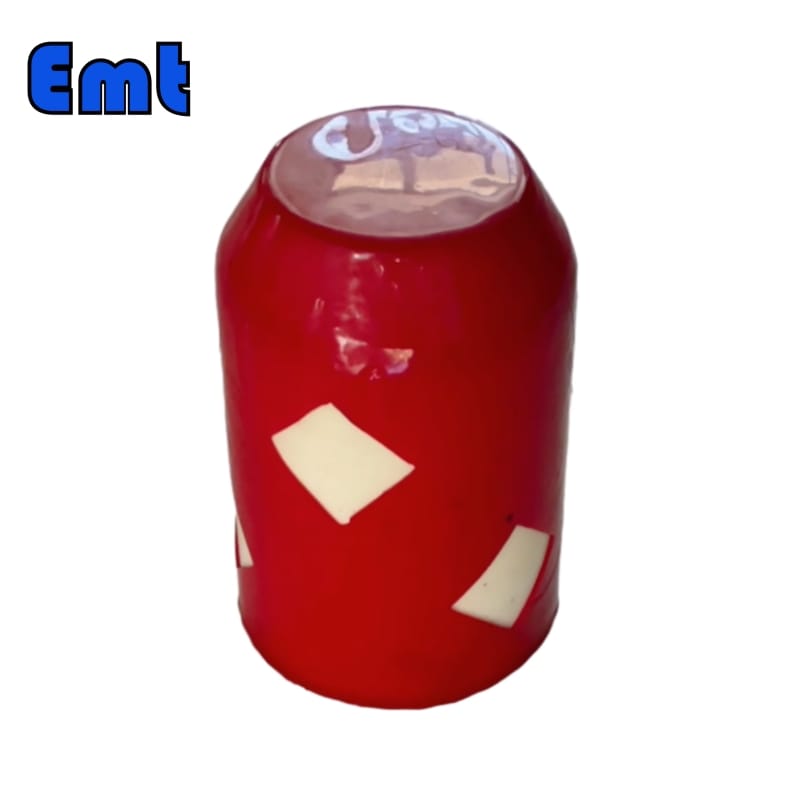
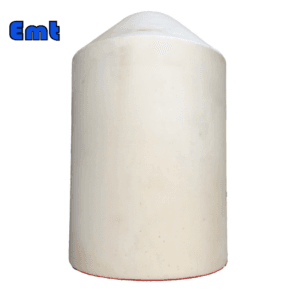
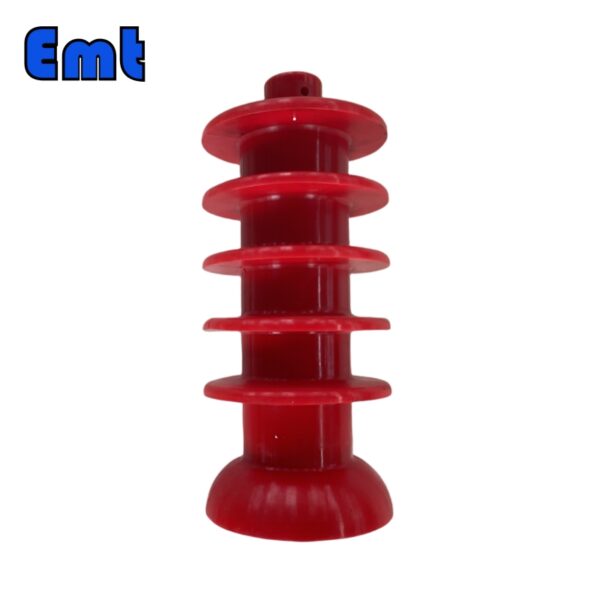
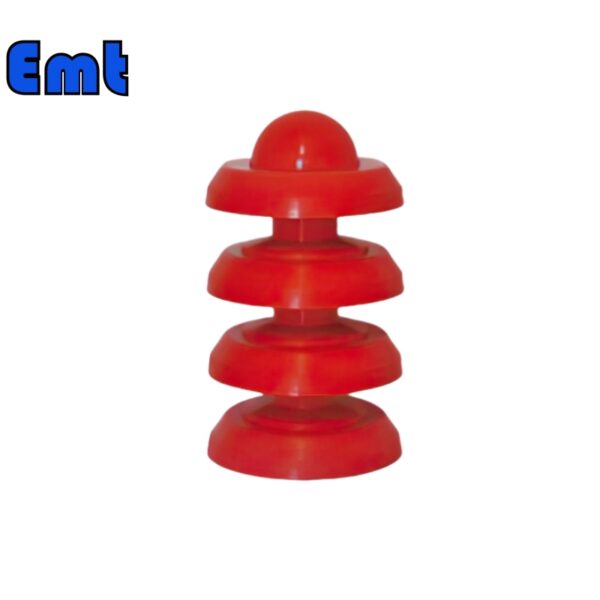
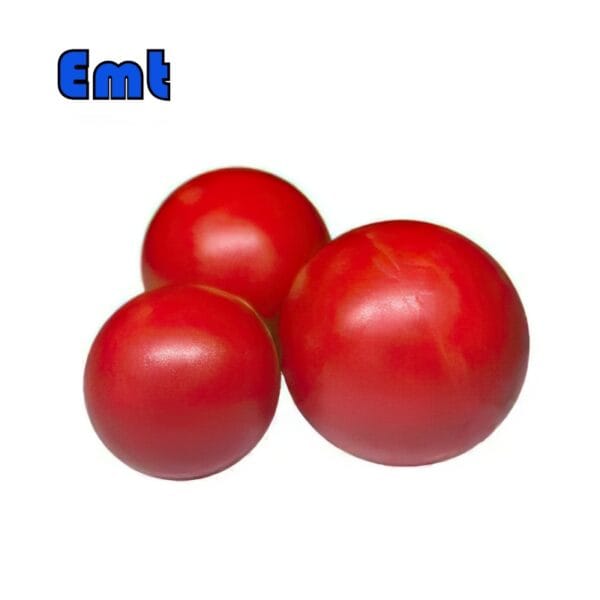
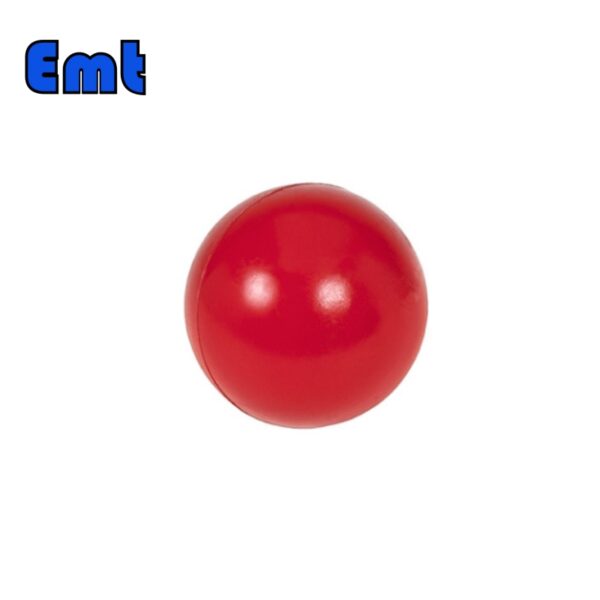
There are no reviews yet.